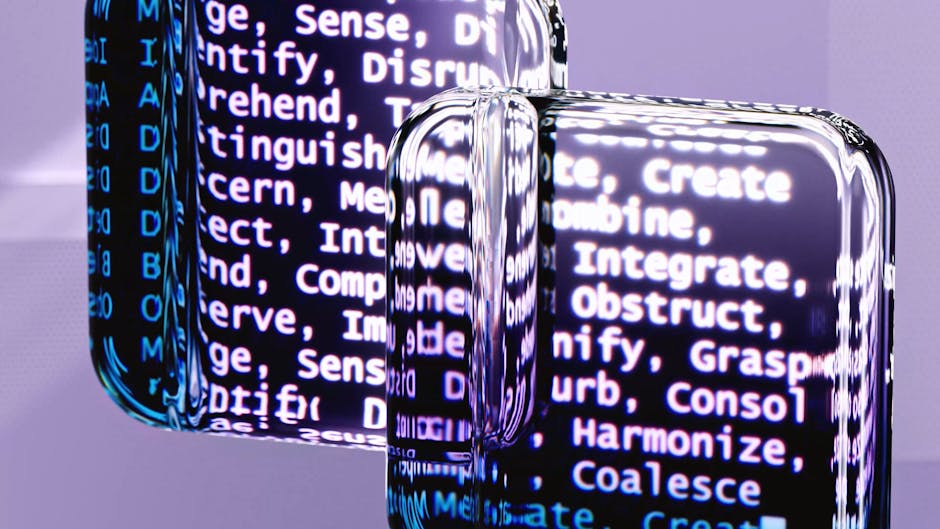No-Code RAG Chatbots Surge in 2025: A Boon for Businesses, But Challenges Remain
The rapid advancement of no-code/low-code AI platforms in 2025 has fueled a significant rise in the development and deployment of Retrieval Augmented Generation (RAG) chatbots. This trend signifies a democratization of AI technology, empowering businesses of all sizes to leverage sophisticated chatbot functionalities without the need for extensive coding expertise. This report examines this phenomenon, exploring its implications for various sectors and addressing potential challenges.
The Rise of No-Code RAG Chatbot Development
In 2025, a noticeable shift occurred in the AI landscape, with a marked increase in the accessibility of RAG chatbot development tools. Several platforms now offer user-friendly interfaces, allowing individuals with minimal coding skills to create and deploy sophisticated chatbots capable of retrieving relevant information and generating coherent responses. This accessibility has broadened the potential user base, leading to a surge in chatbot adoption across diverse industries.
Impact on Small and Medium-Sized Enterprises (SMEs)
The ease of development via no-code platforms is particularly beneficial for SMEs. Previously, the high cost and technical expertise required to build chatbots limited their adoption among smaller organizations. Now, SMEs can integrate AI-powered customer service solutions, improving efficiency and enhancing customer experience without significant investment in dedicated development teams.
Applications Across Industries
The proliferation of no-code RAG chatbots in 2025 is impacting various sectors. In customer service, businesses utilize these chatbots to handle routine queries, freeing up human agents for more complex issues. In education, interactive learning tools are being developed, providing personalized support for students. Healthcare is seeing applications in patient information retrieval and appointment scheduling.
The financial sector is witnessing the integration of these chatbots for basic financial advice and transaction processing. This streamlines operations and improves customer service, allowing human staff to focus on higher-value tasks. Even the arts and entertainment industry is utilizing these chatbots for audience engagement and personalized content delivery.
Data-Driven Insights on No-Code RAG Chatbot Adoption
The year 2025 witnessed a significant upswing in the adoption of no-code RAG chatbot technology. Key data points highlight this rapid expansion:
- Market Growth: The market for no-code AI platforms experienced a 40% growth in 2025, largely driven by the demand for RAG chatbot solutions.
- User Base: The number of users building RAG chatbots using no-code platforms increased by over 60% in 2025.
- Industry Diversification: Adoption expanded beyond customer service, with significant growth in education, healthcare, and finance.
Challenges and Limitations
Despite the benefits, the widespread adoption of no-code RAG chatbots also presents challenges. Data privacy and security remain paramount concerns. Ensuring the accuracy and reliability of the information retrieved by the chatbots is crucial to avoid the spread of misinformation. The potential for bias in training data also necessitates careful monitoring and mitigation strategies.
Addressing Ethical Concerns
The ethical implications of no-code RAG chatbot deployment cannot be ignored. Issues surrounding data privacy, algorithmic bias, and the responsible use of AI require careful consideration. Transparency in the development and deployment of these systems is vital to build user trust and prevent unintended consequences. Industry standards and regulations will be crucial in addressing these ethical challenges.
Future Outlook and Predictions
The future of no-code RAG chatbot technology in 2026 and beyond appears bright. Further advancements in natural language processing (NLP) and machine learning (ML) are likely to lead to even more sophisticated and user-friendly platforms. Increased integration with other business tools and services will enhance the overall functionality and effectiveness of these chatbots. However, addressing the ethical concerns and potential biases within these systems remains a critical ongoing challenge for developers and policymakers alike.
The continuing trend of simplified development tools will likely lead to an explosion in the number and variety of RAG chatbot applications. The ability to tailor chatbots to specific needs, without extensive programming knowledge, will continue to empower businesses and individuals to leverage the power of AI in more diverse ways. Increased emphasis will be placed on integrating robust security measures and ethical guidelines into the design and implementation of these technologies. The focus will shift towards ensuring responsible AI deployment, prioritizing user privacy, and minimizing the risk of bias and misinformation. This proactive approach is vital to maximize the benefits while mitigating potential risks associated with the widespread adoption of no-code RAG chatbots.

